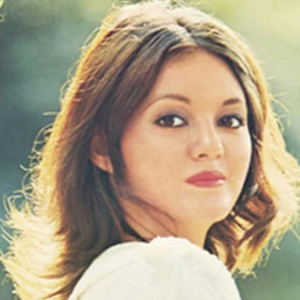Category:Kayōkyoku: Difference between revisions
mNo edit summary |
mNo edit summary |
||
| (4 intermediate revisions by the same user not shown) | |||
| Line 1: | Line 1: | ||
[[File:Seri-ishikawa-300x300.jpg|right|thumb|frameless|300px|link=Seri Ishikawa|Seri Ishikawa]] | |||
Iroke kayōkyoku (iroke for sex appeal, kayōkyoku for vocal music) has been described as a sex-mad alternative to enka (“speech music”). Where enka was sad songs who's popularity peaked in the 40s, in Japan. Iroke Kayōkyoku, also known as, 'pink blues', started in the 60s and peaked during the 70s. | |||
Probably the most outspokenly perverse iroke kayōkyoku album is [[Ike Reiko]]'s Kokotsu No Sekai (The Ecstatic World Of Ike Reiko). Famous kayōkyoku artists include Kyu Sakamoto, The Peanuts, The Tigers, Candies, Pink Lady, Seiko Matsuda, Junko Sakurada, The Checkers and Onyanko Club. | |||
[[Category:🇯🇵]] | |||
[[Category:Music]] | |||
Latest revision as of 20:02, 18 April 2020

Iroke kayōkyoku (iroke for sex appeal, kayōkyoku for vocal music) has been described as a sex-mad alternative to enka (“speech music”). Where enka was sad songs who's popularity peaked in the 40s, in Japan. Iroke Kayōkyoku, also known as, 'pink blues', started in the 60s and peaked during the 70s.
Probably the most outspokenly perverse iroke kayōkyoku album is Ike Reiko's Kokotsu No Sekai (The Ecstatic World Of Ike Reiko). Famous kayōkyoku artists include Kyu Sakamoto, The Peanuts, The Tigers, Candies, Pink Lady, Seiko Matsuda, Junko Sakurada, The Checkers and Onyanko Club.
Subcategories
This category has the following 2 subcategories, out of 2 total.
Pages in category "Kayōkyoku"
The following 22 pages are in this category, out of 22 total.